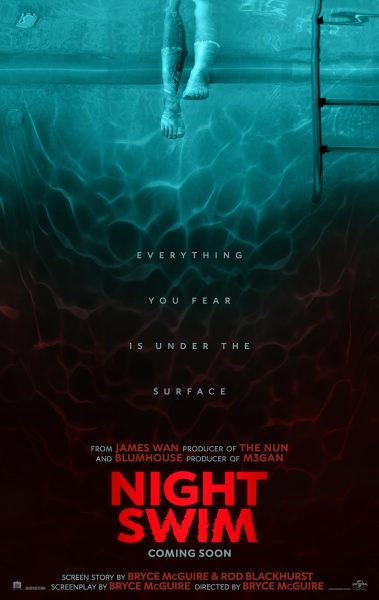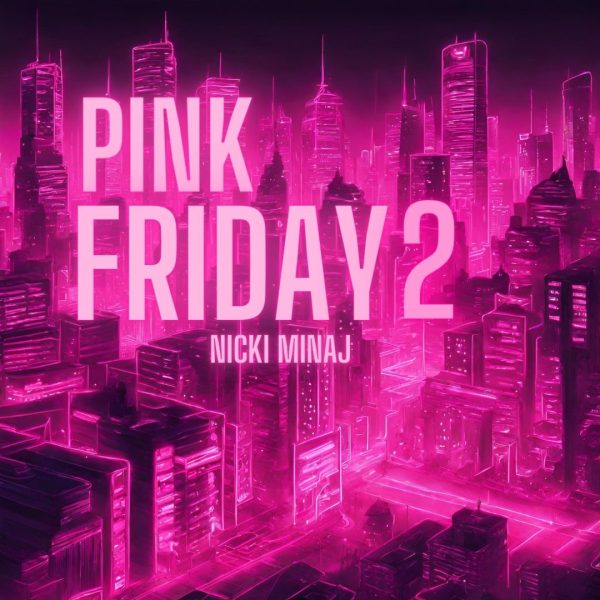ASMR Videos Help Viewers Release Stress
March 1, 2019
Can you believe that some people have obtained internet fame just for whispering into a microphone? According to the article “A Whisper, Then Tingles” by Caitlin Gibson, ASMR stands for “autonomous sensory meridian response.” It describes how specific sounds or actions, like whispering or chewing, trigger nerves and muscles to release a tingling feeling in the body. ASMR artists (also known as ASMR-tists) are video creators who record themselves tapping, scratching, whispering, and creating other soft noises. Their artistry has such a large range – from cutting soap up into intricate shapes, to smacking their lips while tasting some honeycomb – all while recording it for viewers to enjoy.
Some people describe ASMR as an addiction, giving them an intense feeling of satisfaction. Gibson said that the most triggering and searched for type of ASMR is soft talking, whispering, and finger or nail tapping. Whispering is the most searched for because it makes falling asleep easier, making the viewer feel as if someone is there next to them. In the usual whispering ASMR video, the creator is acting out a scenario, such as going on a date, going to the library, or even going to the airport. Check out ASMR YouTuber “WhisperingLife,” who films herself whispering while doodling on a sketchpad, or while taking a slow walk outside on a sunny day, for more examples.
Soap-cutting and slime-pressing videos are short and usually found on social media like Instagram with hashtags such as #asmrwhispering and #asmrslimesounds. During soap cutting videos, the person cutting the soap makes the decorative soap bar into small squares. Once it is all cut up, it is then squished together to make a satisfying crunch noise. YouTube channel “10 Minute Amazing Life” features several videos of soap-cutting. Slime videos consist of people pressing the slime together to create bubbles and then pop them. YouTube channel “Cry Baby” features this technique with several colors and textures of slime.
ASMR isn’t always pleasing to everyone. Gibson points out that some people who don’t enjoy these sounds or become irritated by ASMR might even have Misophonia. This is a condition where certain sounds trigger emotional and physiological responses, such as feeling anger, annoyance or disgust. Misophonia is usually self-diagnosable.
If you enjoy soft background noise while studying, or find white noise to be a good way to fall asleep, you should consider giving ASMR a try!













